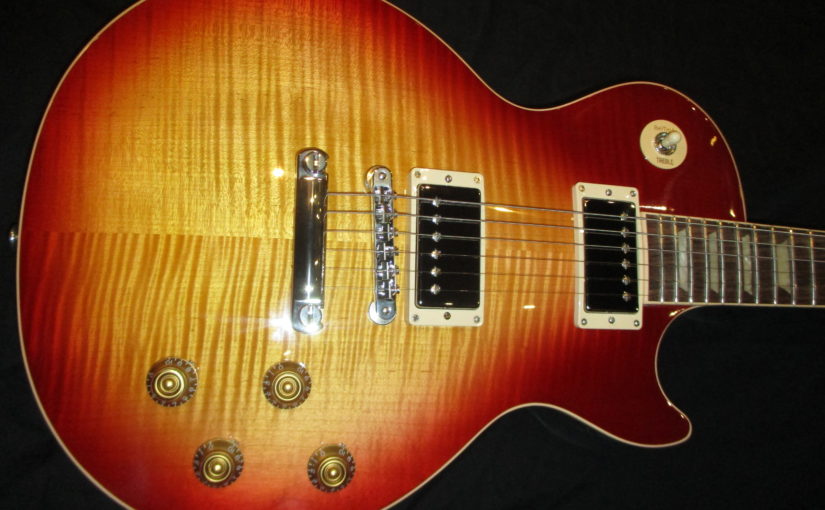How the guitar strings are measured across the width of the guitar nut and fixed in place in their cut string slots will set the premise to the balance of the space between the guitar strings. This will extend to the fastening point located at the bridge and tailpiece on the guitar body. The guitar nut width is a reflection of the width of the guitar neck and fretboard. Some guitar players need the width to be less. Some guitar players need the width to be more for the fret hand fingers to have enough room to land in place as they work on the fretboard to make music. Paying close attention to this fact will help the guitar player to get the right size guitar neck and fretboard for his or her hands. This is a genuine guitar neck concern taken seriously by those who want to play the guitar well and bring out the best in themselves that they can. The guitar nut is mounted up on the guitar neck directly under the headstock and holds the guitar strings in place with individually cut string slots at different sizes to fit the strings thickness. The cut string slots on the guitar nut make the space between the guitar strings. This is what gives the guitar player the space that the fret hand fingers need to push the strings down onto the fretboard and play the music notes clearly. There are two ways to calculate this spacing. The first one is equal spacing. The end result of equal spacing creates an unbalanced space between the guitar strings because it lacks to adjust to compensate for the different strings thickness. The second one is proportional spacing. The end result of proportional spacing creates a balanced amount of space between the guitar strings because it adjusts to compensate for the different strings thickness. Proportional spacing provides good quality circumstances for the guitar players’ hands to condition on, form good guitar playing habits, and for the development and refinement of guitar player coordination and accuracy.
DIFFERENT SIZE GUITAR NECKS, FRETBOARDS, AND GUITAR NUTS
Example number one: The electric guitar has a guitar neck, fretboard, and guitar nut size that places the guitar strings closer together. This measurement varies depending on the manufacturer and the type of electric guitar model that it is. This closer string spacing makes it possible for the guitar player to do some things differently with the guitar strings on the fretboard and neck that will shape and express music ideas that are unique in sound to only the electric guitar. Due to what the electric guitar is made to be used for and the type of techniques, skills, and music that is played on it, different versions of this standard have become fixed in place throughout the guitar manufacturing industry.
Example number two: The classical guitar has a guitar neck, fretboard, and guitar nut size that places the guitar strings further apart from each other. This is due to the style of music that this guitar is made for to be played on. Furthermore, the amount of string spacing built into this kind of guitar can vary according to the preference of the guitar manufacturer. The classical guitar is engineered to be made this way to provide the fret hand fingers with enough room to play the notes clearly on their finger tips without touching or hitting the adjacent strings. As a result, depending on the skill level of the guitar player, the music would be able to be played clean across the guitar neck and fretboard.
YOU CAN GET STARTED TODAY! WITH YOUR GUITAR LESSONS AT JAMES GERO MUSIC BY CALLING US AT 727 – 7 3 3 – 0 2 3 3.
JAMES GERO MUSIC the guitar lesson provider to the great cities of Palm Harbor, Dunedin, Tarpon Springs, East lake, Safety Harbor, Countryside, Oldsmar, and Clearwater is ready for you!
